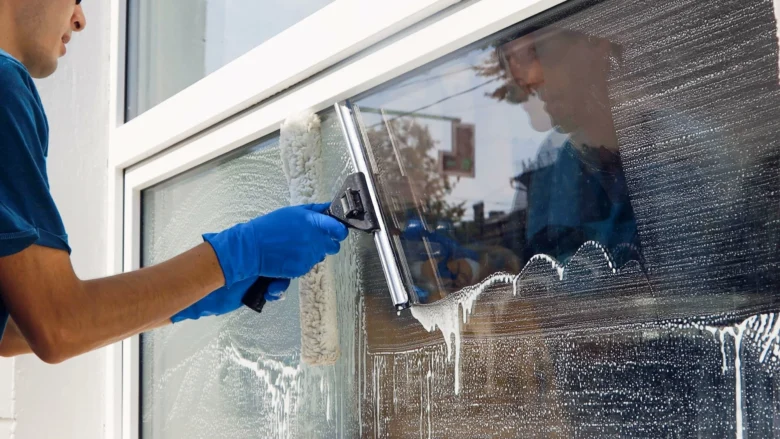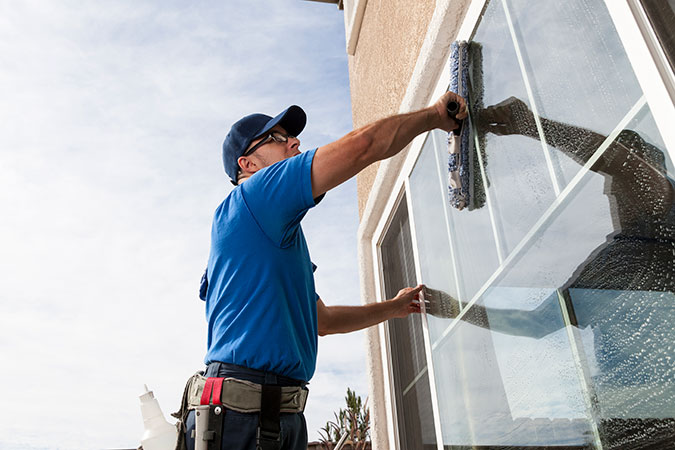Investing in window cleaning software can feel like a daunting decision for any business. Owners need to justify every expense and ensure that what they’re paying for delivers real results. The idea behind specialized software is simple—streamline operations and reduce human error. But is it worth the financial commitment, or does the cost outweigh the benefits?
Before getting into numbers and potential returns, let’s outline key points that every business owner must consider when evaluating whether window cleaning software is a wise investment.
Key Points:
- Initial and recurring costs of software.
- Time-saving features such as scheduling and invoicing.
- Long-term profitability from streamlined processes.
- Cost of training staff on new systems.
- Customer satisfaction as a measurable impact.
- Free trial periods and scalability as deciding factors.
Initial Costs vs. Long-term Benefits

When looking at software, many business owners focus on the price tag first. Initial costs may seem high, but window cleaning software often includes various tools that add value over time. Instead of focusing on upfront expenses, think about how long-term savings can accumulate.
Time-consuming tasks like managing schedules and sending invoices manually can now be handled by a well-designed system. Fieldd, for example, is a window cleaning software that offers automated features for window cleaning businesses, reducing the time spent on repetitive tasks and enabling business owners to focus on growing their operation.
Instead of dedicating hours to administrative work, automation can handle it, allowing teams to work more efficiently and serve more customers.
Is Manual Scheduling Holding Your Business Back?
Manual processes may seem manageable when a business is small, but as growth occurs, scheduling can become a nightmare. Constant phone calls, back-and-forth emails, and miscommunication with customers can waste valuable time.
Window cleaning software solves these problems by offering automatic scheduling features. These solutions allow customers to pick available time slots, reducing human error and improving efficiency. Over time, the ability to manage more jobs without adding extra personnel can boost the bottom line. The money saved in efficiency improvements alone can help offset the initial investment in software.
Operational Efficiency: A Key Cost Consideration

The word ‘efficiency’ often comes up when talking about the benefits of technology. In the case of window cleaning businesses, efficiency means managing more clients with fewer resources. Software can do this by automating tedious tasks, freeing up time for employees to focus on more important aspects, like customer service and job quality.
Reduced errors in billing, automated reminders for clients, and fast access to customer records all contribute to smoother operations. These might not seem like huge gains in isolation, but together, they create a system where you can scale operations without needing to hire more people. This is how real long-term savings happen.
Does Software Impact Customer Satisfaction?
Happy customers are likely to recommend your services, which directly impacts revenue. How can window cleaning software influence customer satisfaction? By making scheduling easier and providing accurate billing, it eliminates many of the frustrations customers face when booking services.
Customers appreciate timely communication and clear expectations. The software can automate follow-up emails, reminders, and even request feedback post-service. It’s hard to put a price tag on customer retention, but it is clear that satisfied customers lead to repeat business and referrals. Improving the customer experience without extra labor can be a significant return on your software investment.
Training and Adoption Costs

Investing in software means time and money spent training your staff to use the new system. The ease of use of window cleaning software is a major factor when considering cost. Many software providers offer intuitive interfaces and support to help reduce the learning curve. However, it is crucial to remember that any new tool will require time for employees to get used to it.
Even if training takes a couple of days or weeks, once the team gets comfortable with the system, operations tend to improve. Over time, the initial effort of learning the software pays off in smoother, faster processes.
The Hidden Cost of Not Investing
Choosing not to invest in window cleaning software can come at its own price. Sticking to manual processes can hold your business back in terms of growth and profitability. As your company expands, you may find that managing client relationships, keeping up with invoicing, and ensuring efficient communication become more difficult. Manual methods can lead to missed opportunities, lost clients, or delayed payments.
More importantly, the competitors who do invest in software can operate more efficiently, handle more jobs, and offer better customer service. Their ability to serve more customers at a higher satisfaction rate means they could take a larger market share, leaving those who rely on manual processes behind.
Free Trials: Testing the Value Before Committing

Most providers offer free trials or limited-time demos, allowing business owners to evaluate the software without financial commitment. This is an excellent opportunity to see if the product fits into your business model and daily operations. Evaluate how the software improves your team’s productivity, reduces errors, and enhances customer interactions during the trial period. At the end of the trial, you’ll have a clearer idea of the return on investment.
Taking advantage of free trials can give you a direct answer to the question of whether window cleaning software is worth the investment. If the product doesn’t meet your needs, you haven’t lost any money. If it delivers on promises, the software can become a vital part of your operations.
Scalability: Is the Software Built for Growth?

Businesses that plan to grow must consider whether their chosen software can scale with them. Small window cleaning companies may not need every advanced feature right away, but as the company grows, the software should be able to grow too. Features such as multi-location management, advanced customer relationship management, and comprehensive reporting will become more important.
When considering costs, it’s essential to factor in the ability to upgrade or add features without needing to switch providers down the line. Scalable solutions ensure that the money invested today continues to provide value as your business grows.
Conclusion: Is It Worth It?
The real cost of window cleaning software isn’t just in the price tag. It’s about the impact on efficiency, customer satisfaction, and long-term profitability. While there are initial costs and some time needed to train staff, the benefits quickly add up.
Automated scheduling, invoicing, and customer management can save countless hours. These saved hours turn into increased revenue because you’re able to manage more jobs, reduce errors, and provide better service. With tools that help improve communication, increase job efficiency, and scale with your business, the software pays for itself over time.
If you want your business to remain competitive, improve efficiency, and deliver better service to your clients, the cost of window cleaning software is not just justified—it’s necessary.

